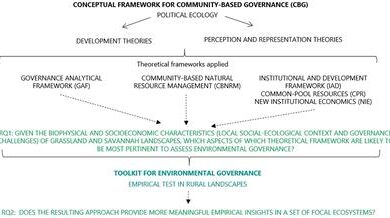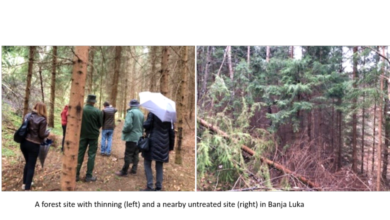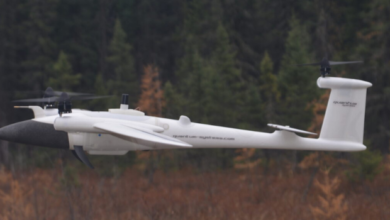How Indigenous participation in forest management is changing resource development in Canada
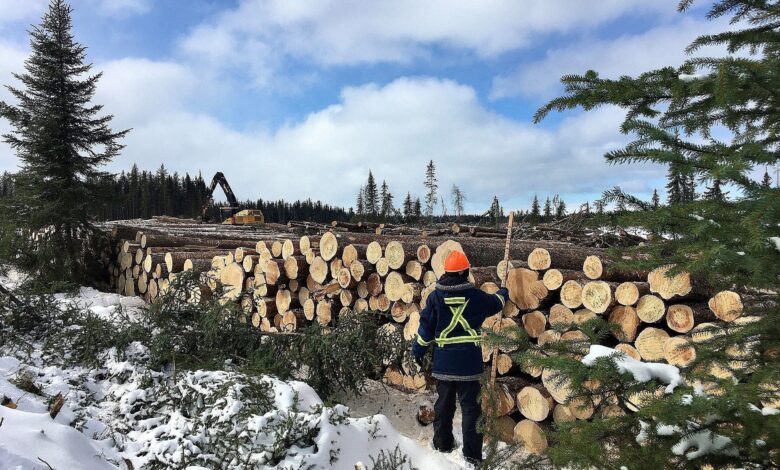
Created for
There has been a concerted shift in the way Indigenous peoples engage in resource development in Canada. Despite a long history of exclusion, there is now recognition of the unique and vital role Indigenous stewardship plays in managing the land, and of forests in particular. Many First Nations and Métis communities hold generations of forestry knowledge, giving them a deep understanding of how forests evolve and how they can be managed in a way that is both environmentally and economically sustainable.
“Indigenous peoples are fundamentally peoples of place,” says Paul Robitaille, senior advisor of Indigenous relations for the Sustainable Forestry Initiative. “Their languages, cultures, laws, governance structures, ways of knowing and being—they are all born from their place in the world. And in many regions, those places are forests. So Indigenous peoples are often a reflection of the forest and the land, and you really can’t separate the two.”
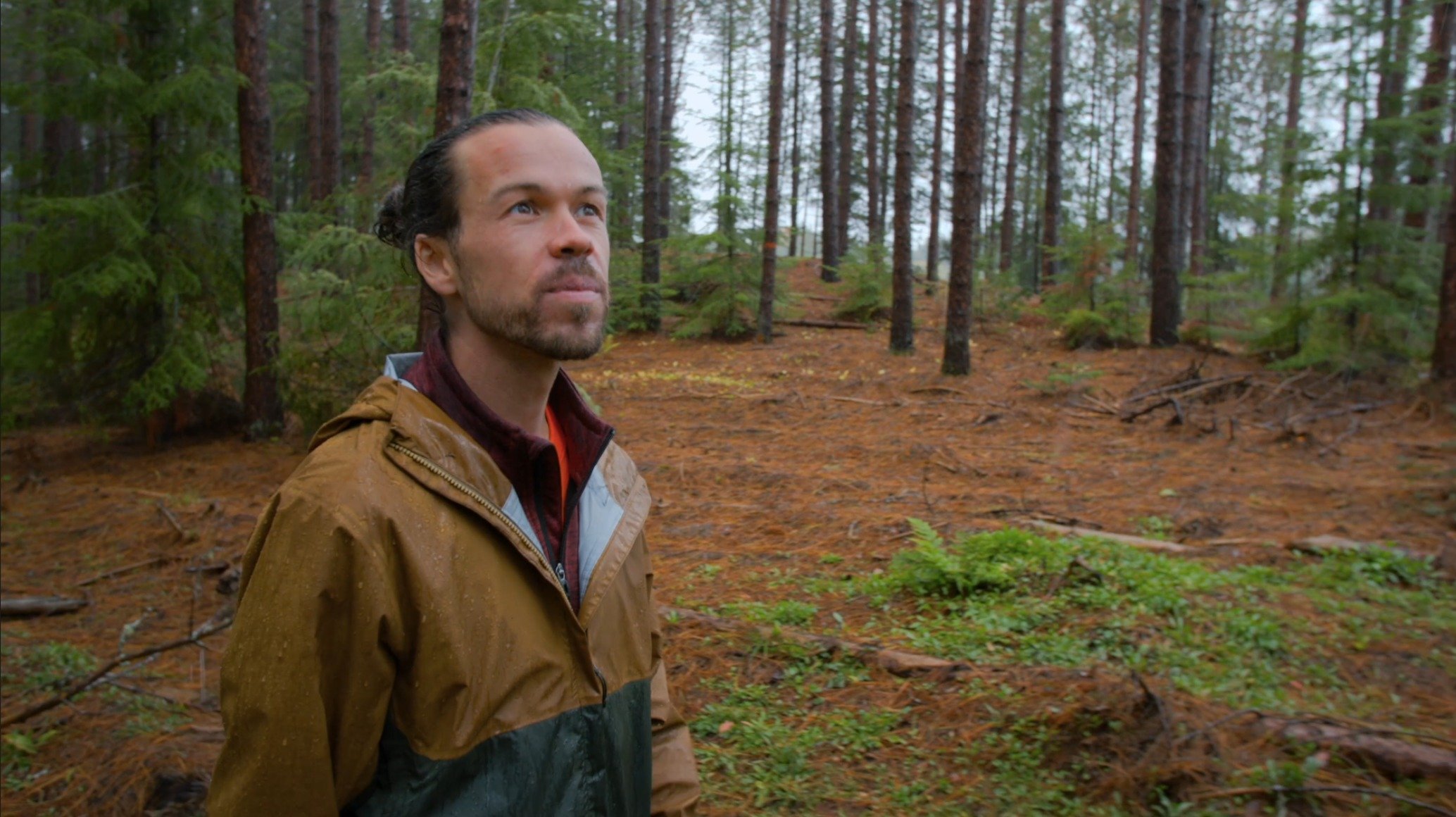
Paul Robitaille, senior advisor of Indigenous relations for the Sustainable Forestry Initiative.
Through decades of organizing, advocating and legal action, Indigenous peoples are asserting their place as stewards of the land and are actively engaging in forestry management. “This has very strong implications for sustainable forest management and the relationships built around it, from economic participation and community-led land initiatives to growing stewardship,” adds Robitaille, who is a citizen of the Métis Nation. “Canada is going to be all the better because when Indigenous peoples are partners in forest management—when they are decision makers and managers—a whole new level of meaning can come into play. Indigenous peoples are going to take care of their place in the world. That’s a unique and important mindset to have represented and equally involved in forest management.”
True reconciliation involves economic reconciliation
It’s critical that the forestry sector develops and facilitates economic opportunities and a seat at the table for Indigenous businesses and careers. The sector recognizes this importance and has been actively working to strengthen relationships with Indigenous peoples. Indigenous management of forest resources has increased 135 per cent since 2003. Canada’s forestry sector also supports jobs in more than 400 Indigenous communities, employing 11,600 Indigenous people. And in 2019, associated business agreements and stewardship partnerships between the forestry sector and Indigenous nations generated approximately $250 million in economic benefits to Indigenous communities.
Take the Meadow Lake Tribal Council (MLTC), which has been leading the way in Indigenous forest management in Canada since 1987. MLTC is made up of the nine First Nations of Northwest Saskatchewan and is the sole owner of NorSask, the largest Indigenous-owned forest products company in Canada.
“It’s really important that Indigenous peoples coexist with industry so that we can share how the land is used and ensure forestry operations respect those uses”
NorSask is recognized as a model for co-management agreements in the sector based on a partnership it has with Meadow Lake Mechanical Pulp Inc., a company owned by Paper Excellence in B.C.. Through their joint ownership of Mistik Management Limited (Mistik), the two groups are responsible for the sustainable use and stewardship of 1.9 million hectares of forest in northwestern Saskatchewan. Through co-management agreements with Indigenous communities in its operating area, Mistik has become an example of Indigenous groups and industry partnering together to strengthen Canada’s forest sector.
“It’s really important that Indigenous peoples coexist with industry so that we can share how the land is used and ensure forestry operations respect those uses,” says Tina Rasmussen, chief business officer of MLTC Industrial Investments (MLTCII), the council’s economic development corporation that oversees the operations of all MLTC companies. “Traditionally, the use of our land is for hunting and trapping. We make sure we can continue to provide by protecting our traditional trap lines and where our medicine grows, ensuring communication of key areas that hold our traditional ways of supporting and feeding families. Indigenous peoples want to be productive members of society, and they need to be able to be involved with the forest sector to do that.”
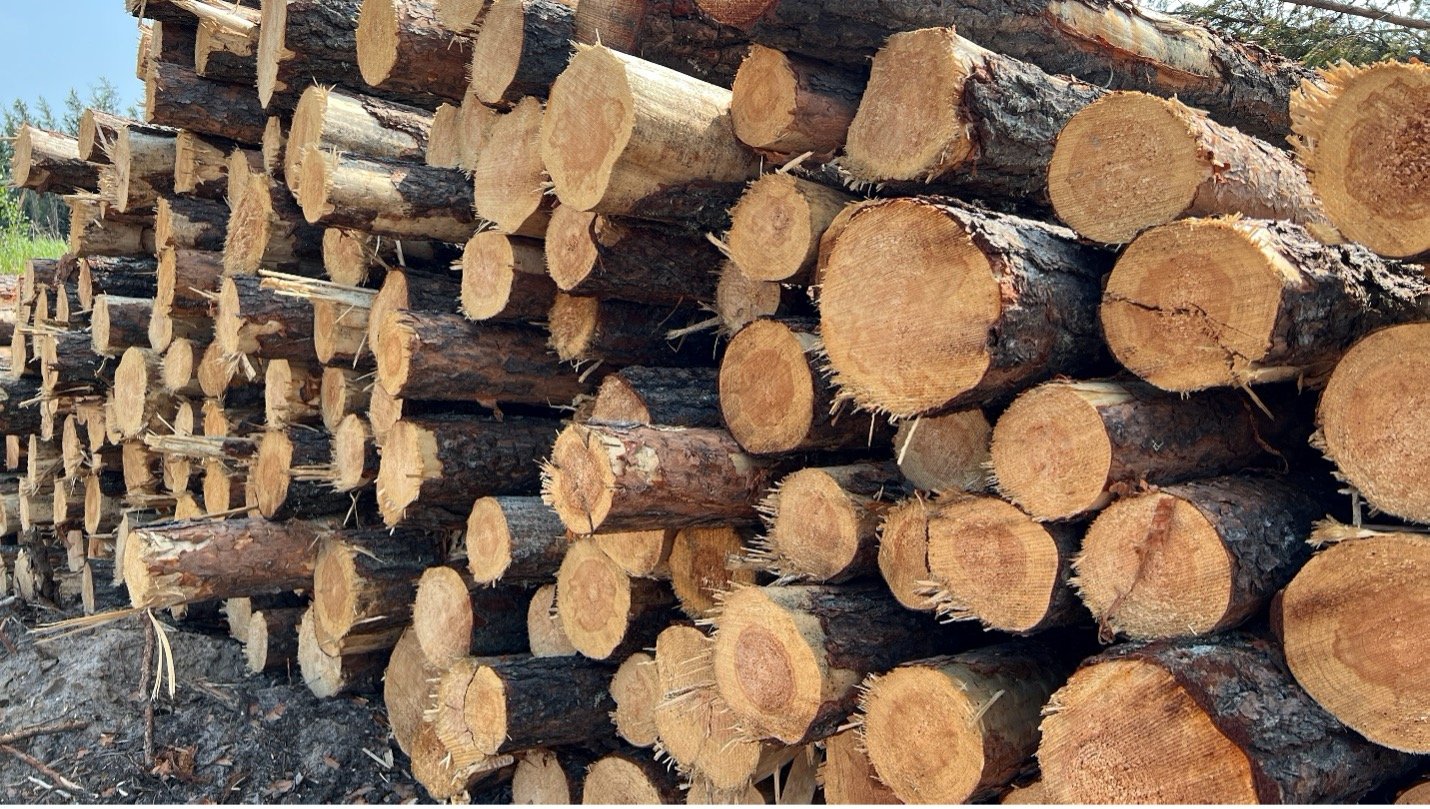
Photo of forest operations at Northwind Forest Products, located in northern Saskatchewan. Northwind Forest Products is owned by the Meadow Lake Tribal Council, Canada’s premiere 100 per cent Indigenous-owned, forest products-manufacturing enterprise.
An Indigenous-led forestry approach
In 1988, the nine MLTC First Nations bought 50 per cent of the local sawmill from the Government of Saskatchewan and renamed it NorSask. “Forestry is our anchor because it happens in our traditional territory and we live in a boreal forest,” says Rasmussen, who is a member of Flying Dust First Nation, one of MLTC’s member nations. “If we didn’t participate [in forestry management], somebody else would be doing it.”
A key component of MLTC’s assets is the forest management agreement (FMA) it holds from the Province of Saskatchewan. This FMA gives NorSask the harvesting rights and reforestation responsibilities for 3.3 million hectares of Crown land in the traditional territory of the Meadow Lake First Nations.
“Our starting point was the FMA,” affirms Rasmussen. “We actually control the forest rights. It wouldn’t work if we had a sawmill alone. That’s been a really critical lesson: to move slowly. You need forest allocations and the time to build up knowledge and capacity.”
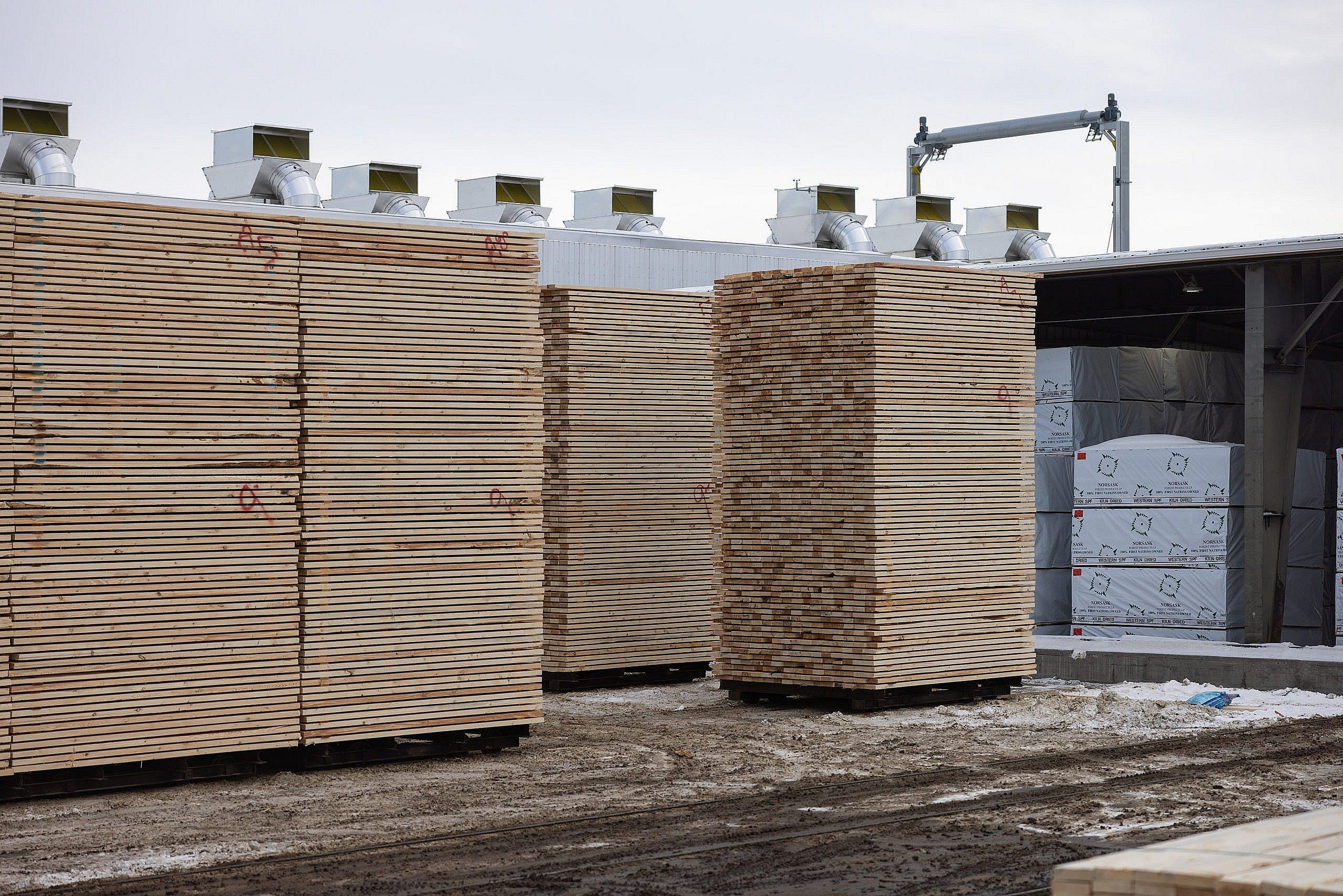
Lumber and a variety of wood products are produced at Norsask’s local sawmill in Saskatchewan.
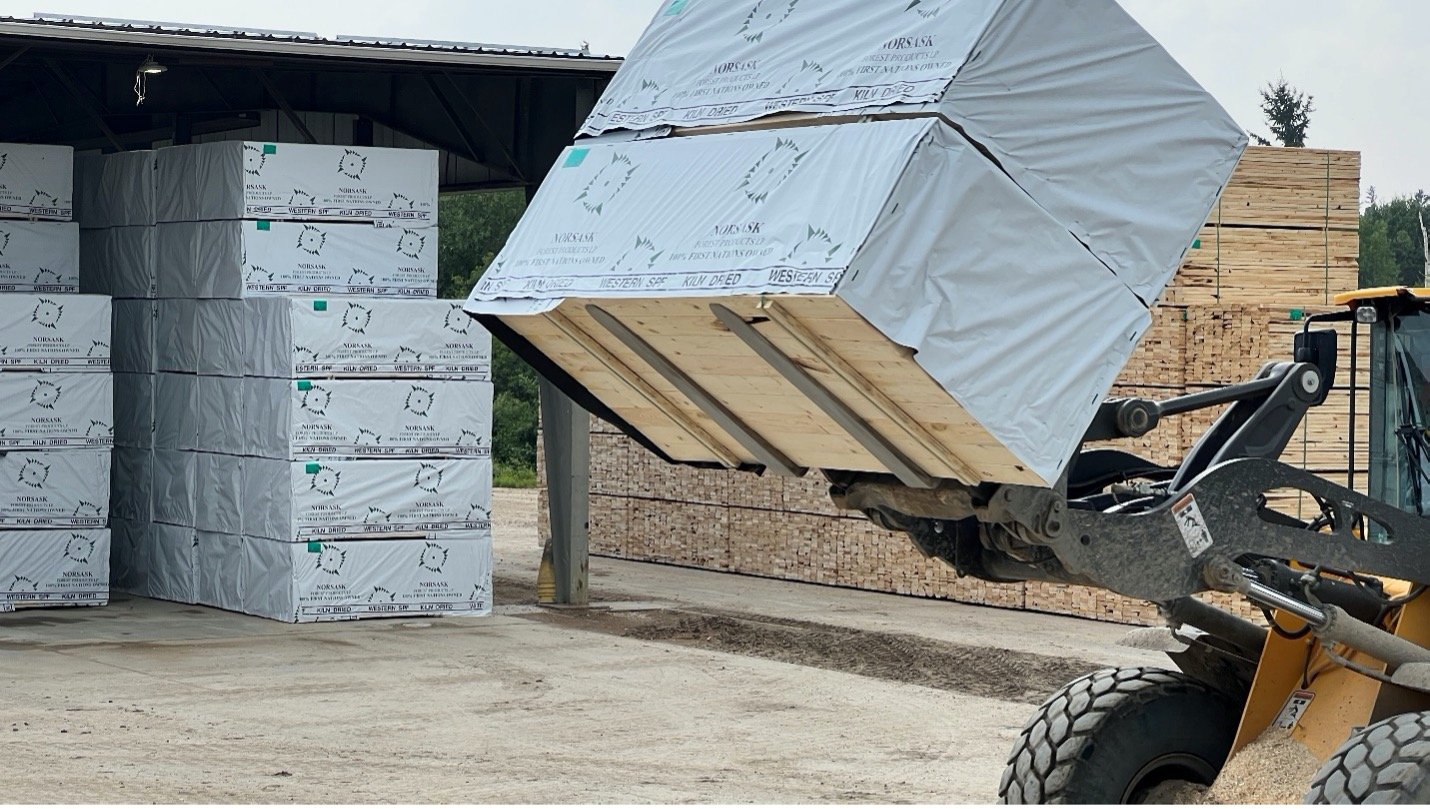
Photos provided by MLTC Industrial Investments and the Forest Products Association of Canada.
MLTC’s development and involvement in the forestry sector has coincided with an increase in employment and community well-being among MLTC First Nations. For example, MLTCII provides training to employees and contractors for sustainable forestry management. “One of our goals is to create employment for Indigenous peoples, especially the higher-level positions, but we’re just not there yet,” notes Rasmussen. “[We have to] make sure there’s education and training programs so that people can compete for those positions. In terms of building capacity, that’s where it starts.”
Community engagement is critical
Another important way in which MLTCII works is through the meaningful consultation it has with co-management boards, who are made up of local community members who know about areas of cultural importance, wildlife habitats and the like. Board members examine and assess annual forestry operating plans, bring forward community concerns and provide ongoing input to forestry managers.
Through all of these efforts, MLTC—through MLTCII—provides financial support, employment, expertise and capacity-building to its member Nations so they can develop businesses and capitalize on economic opportunities. NorSask, for example, employs approximately 100 people in and around Meadow Lake, and over 400 more in northwest Saskatchewan through various forest activity contracts. The Indigenous workforce at NorSask is approximately 75 per cent of total employees, and the company actively supports the community through youth sports and scholarships for high school students. The MLTC model shows that it is possible to achieve economic benefits and manage the land in a way that allows for economic, cultural and traditional activities.
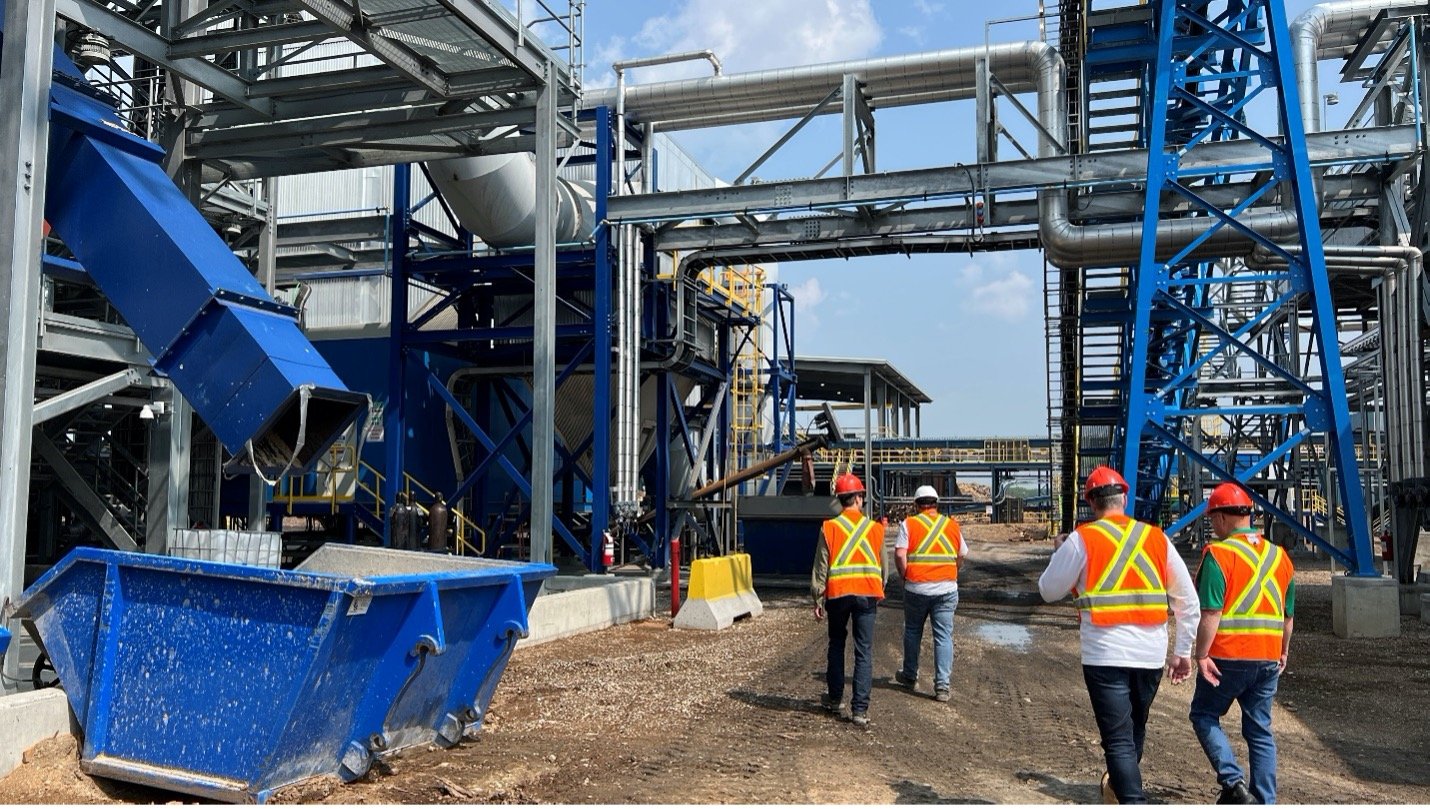
A bioenergy power plant owned by MLTC is a first-of-its-kind green energy biomass project for Saskatchewan. The plant is located at the MLTC NorSask sawmill site.
Ingenuity in forest products
It’s not only through sustainable forest management that Indigenous communities are making strides, but through innovative, non-timber forest products (NTFP). Through a social enterprise formed by Coastal First Nations in B.C., Indigenous workers have found ways to generate income from old growth forests by developing inventive NTFPs. Enter Indigenous-owned Great Bear Rainforest Essential Oils, which creates its products by sustainably harvesting needles from the boughs of five species of coniferous tree that are abundant in those Nations’ traditional territories.
“The rainforest has been the lifeblood of First Nation communities throughout the coast. Providing tools, housing, food and medicine; its importance to Indigenous Coastal communities cannot be understated.”
The company is supported by the Coastal First Nations Great Bear Initiative—a non-profit society and alliance of nine First Nations on British Columbia’s north and central coast and Haida Gwaii—demonstrating how regenerative NTFPs can support families of coastal peoples.
“Traditionally, the rainforest has been the lifeblood of First Nation communities throughout the coast,” affirms Rodney Mulholland, sales and marketing manager for Great Bear Rainforest Essential Oils. “Providing tools, housing, food and medicine; its importance to Indigenous coastal communities cannot be understated. The management of the forests has always been part of the Nuxalk culture here in the Bella Coola Valley, and continues to hold great importance, especially to those Nations within the Great Bear Rainforest.”
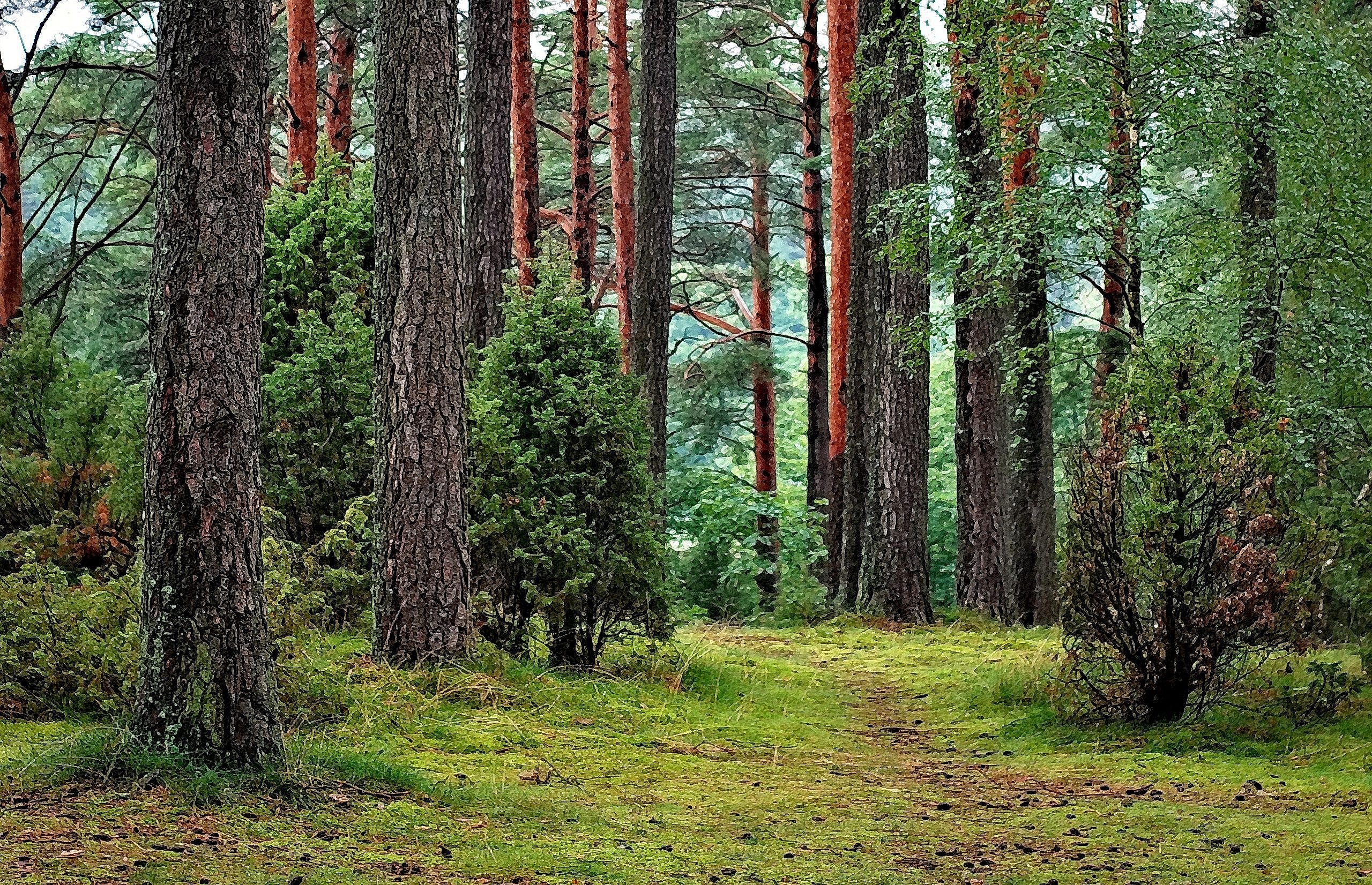
Great Bear Rainforest Essential Oils creates products by sustainably harvesting needles from coniferous trees that are abundant in the Great Bear Rainforest, located on the Pacific coast of British Columbia. Photo provided by Great Bear Rainforest Essential Oils.
Drawing on traditional ways
“Since the communities within the Great Bear Rainforest are so remote, producing value-added products that all people can enjoy, allows some economic prosperity to flow,” says Mulholland. “They were looking for a NTFP that could be sustainable, eco-friendly and profitable for the rural communities.” After many years of market research and feasibility studies, they found their answer in Great Bear Rainforest Essential Oils, whose products came onto the marketplace in 2018. Products include high-grade, 100 per cent undiluted oils as well as other aromatic applications like roll-on scents and aerosol sprays.
Working within Nuxalk territory, the company draws upon traditional knowledge and eco-friendly practices: workers harvest needles from boughs found in windblown and logged areas in a way that doesn’t harm the trees. When power tools are needed, harvesters use natural lubricants like vegetable oil. The oils are then steam-distilled from the needles.
But even with its innovative and sustainable framework, the small company must work to reach new markets to continue to support its Indigenous communities, protect its forests and develop knowledge for wild-harvested products. “Reaching our audience consistently is more important than ever before as we look to strengthen our brand and product sales through every avenue possible,” says Mulholland.
Indigenous participation means a sustainable future
Current Indigenous involvement in forests only marks the beginning of how natural resource management in Canada must evolve. “In the forest sector, Indigenous peoples having a say in the land use, management and planning is very important,” affirms Rasmussen. “Being able to sit at the table and be in control comes with a lot of the benefits for the communities, primarily economic participation. That is a key point as it takes entire families out of social programs.”
“We need to invest in helping people work together even if there isn’t an immediate dollar and cents result.”
The forestry sector continues to help create not only environmental sustainability, but economic and social sustainability for Indigenous communities, by effectively sharing in the forest stewardship, management and dividends. It all comes down to relationships. Indigenous communities and industry are constructively interacting and working together on a more consistent basis.
“What we can do as a nonprofit that operates in the forest sector is create opportunities and find spaces for people to come together and get to know each other,” affirms Robitaille. “There does need to be more investment from all levels in really basic relationship building. We need to invest in helping people work together even if there isn’t an immediate dollar and cents result. Because those are the investments that are going to enable the transition to a more relationship-based future and a more sustainable one—for everyone.”
To learn more about Indigenous participation in the forestry industry, visit forestryforthefuture.ca.
